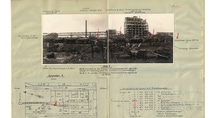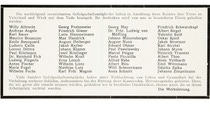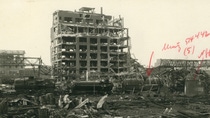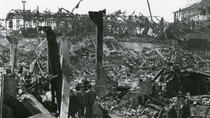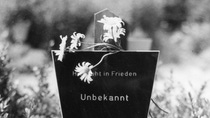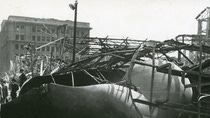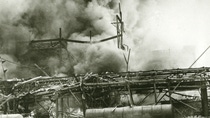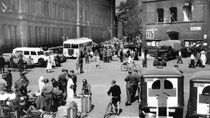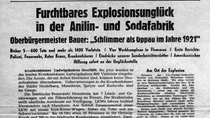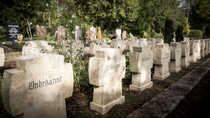Who we are
In memory of the victims of the 1943 and 1948 explosions
In 1943 and 1948, violent explosions shook the site in Ludwigshafen am Rhein. At first glance, the causes and the aftermath of both explosions on today’s BASF SE site premises are extremely similar. However, their historical backdrops are very different. Both gas cloud explosions claimed countless lives, destroyed infrastructure and were hugely traumatizing – yet they were handled very differently at the time of their occurrence. While the disaster of 1948 became a media event, the 1943 explosion never made it into the public consciousness. But what do we know today about the causes of the two disasters? How are they similar and what are the differences? Who were the victims? The multimedia page also examines these questions from different perspectives.
The key facts surrounding the disaster of 1943
The key facts surrounding the disaster of 1948
Behind the scenes at BASF Corporate History
Why is BASF commemorating two disasters at the same time? How are they similar and what are the differences? How much can be reconstructed based on the sources – and what cannot? Employees from BASF Corporate History offer an insight into their research.

